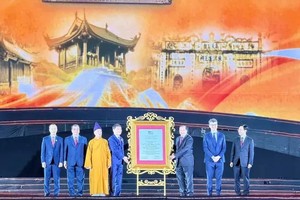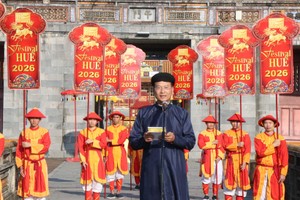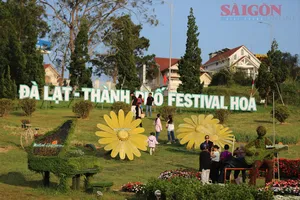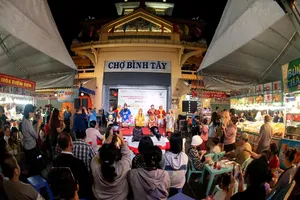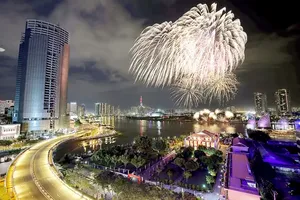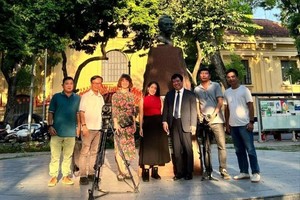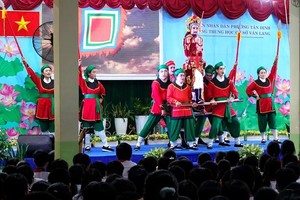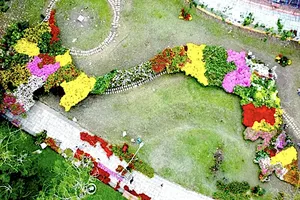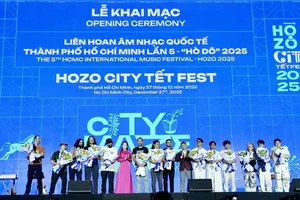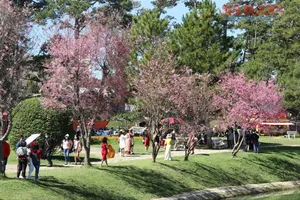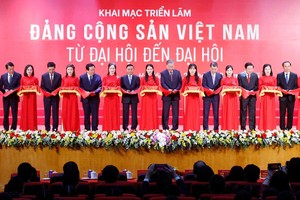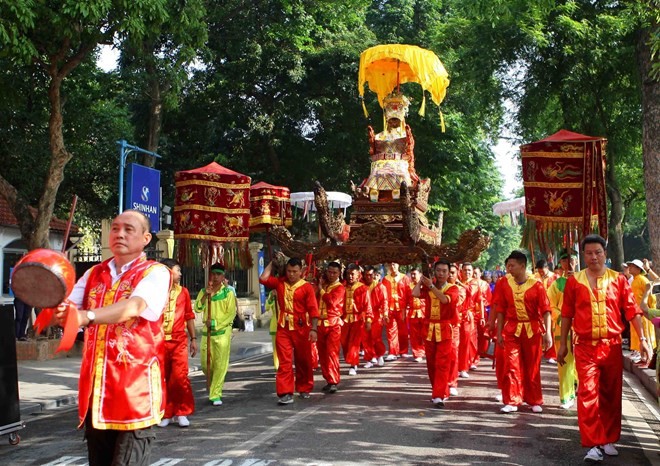
In 1416, Le Loi, posthumously known by his temple name Le Thai To, and prominent figures gathered at the Lung Nhai Oath Ceremony in the land which is now Thanh Hoa province to vow to liberate the country from the rule of the Chinese Ming invaders, who attacked the country in 1407.
He launched the Lam Son Uprising in 1418 and it came to success in 1427, after 10 years of countless hardships and many resounding victories, forcing the Ming invaders to retreat.
On the 15th day of the fourth lunar month in 1428, Le Loi came to the throne under the name Thuan Thien at Kinh Thien Palace in Dong Quan Fortress (now Hanoi), and renamed the country Dai Viet, a name used to exist from 1054 to 1400.
The ceremony marking his coronation featured a palanquin procession with the participation of over 1,000 people and the incense offering at the King Le Thai To Statue relic site.
A representative of the administration of Hoan Kiem district said the ceremony aimed to commemorate the great merit of Le Loi during the 10-year uprising against the foreign invaders. It was also meant to help preserve and uphold traditional spiritual cultural values and educate people about tribute to ancestors.



